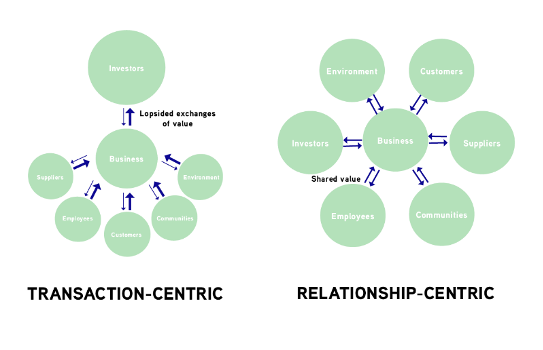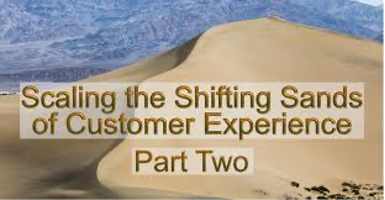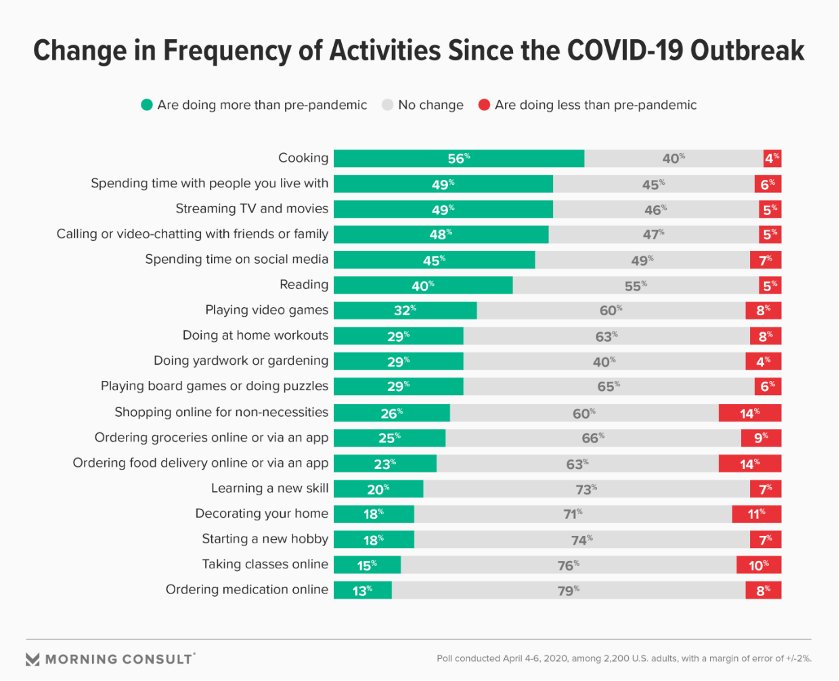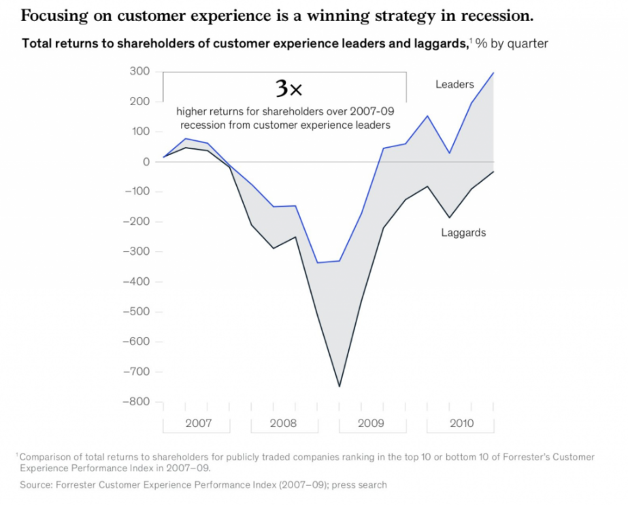
November 17, 2020
In the digital world,
ROX trumps ROI

Is your customer journey an enjoyable experience?
According to a recent Epsilon study, 80% of consumers are more likely to do business with a company that offers them personalized experiences and 90% find personalization very appealing. A Gartner study found that CMOs spend an average of 14.2% of their marketing budgets on personalization efforts.
Return on experience (ROX) is quickly replacing return on investment (ROI) as the driving metric for measuring success in companies of all sizes across multiple industries. To deliver market leading customer experiences requires rethinking the fundamental ways organizations create and deliver value to their customers, employees and other stakeholders.
Shifting from a transaction-centric to a relationship-centric customer engagement model

Transaction-centric customer engagement models create a lopsided exchange of value between the provider and the consumer. They are based on the provider’s belief that what they have to offer is more important than the experience of how they offer it. Increasingly individuals and businesses are making buying decisions based on their emotional connection to the company and its desire to create a shared value experience.
CMOs, CIOs and other C-suite leaders need to work together to transform their thinking about the critical need to deliver emotionally rewarding experiences and redefine their customer engagement strategy accordingly.
“Providing customers with a clear, consistent and rewarding experience is what differentiates leaders from the rest of the pack,” is a core belief of Mastercard’s Chief Product Officer, Michael Miebach.
The rise of the Chief Customer Experience Officer (CCEO)

Companies across multiple industries have hired CCEOs over the last two years including Ford, Marriott, Accenture, Kellogg, Honda and Mastercard. One of the key roles of the CCEO is to be the educator and internal enabler across marketing, operations, technology and other parts of the business to contribute to delivering a positive, fulfilling and enjoyable customer experience.
Recent surveys have shown that the stakes are high.
- A 2018 global survey from digital experience firm Acquina found that while 87% of brand marketers believe they are delivering great customer experiences, less than half of customers agree.
- A US survey from Oracle notes that 43% of consumers will blacklist a brand as a result of a bad experience. A further 34% say they will never shop with a company again after just one poor experience.
- An SAP study showed that 72% of customers will share a positive experience with six or more people.
Customer Experience-as-a Service

Companies are now finding that not only do their products need to be available as-a-service but so does their customer experience. This means a shift in power from a sales-driven transaction model to a buyer-driven customer experience model.
CXaaS is about enabling customers to fully understand how to adopt and utilize your offer to meet their desired outcome. It means shifting your pricing model from one-off upfront purchases to continuous subscription-based pricing. It also means facilitating friction free customer to customer contacts to enable them to share their opinions about their experience with their friends and colleagues.
Simply put, in a consumption-based, subscription model economy customers no longer have to continue paying for products and services that don’t deliver their desired experiences.
The shifting landscape of customer experience

The COVID-19 world is redefining the new types of experiences customers are looking for and expecting. Whether it’s from in-person doctor visits to telemedicine, from going to the movies to streaming at home, from eating at restaurants to curbside pickups, or from going to the gym to home workouts, customers are radically shifting their desired experiences as shown on the chart below:

The shift to consuming products and services remotely has been significant and immediate. Over 80% of healthcare is now delivered as telemedicine. All education from pre-k to post-graduate has shifted to online. The vast majority of employees now work from home instead of from their offices.
Companies like, Zoom, Netflix, Peloton, and Grubhub have seen their businesses grow dramatically by delivering the new types of experiences customers are expecting. They, along with many other companies who have adapted their customer experiences, are also reaping a 3x higher return for shareholders as shown on the chart below.

As always, I am interested in your comments, feedback and perspectives on the ideas put forth in this blog. Please e-mail them to me at here. And, if this content could be useful to someone you know please share it here:


